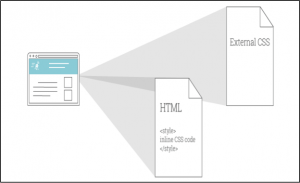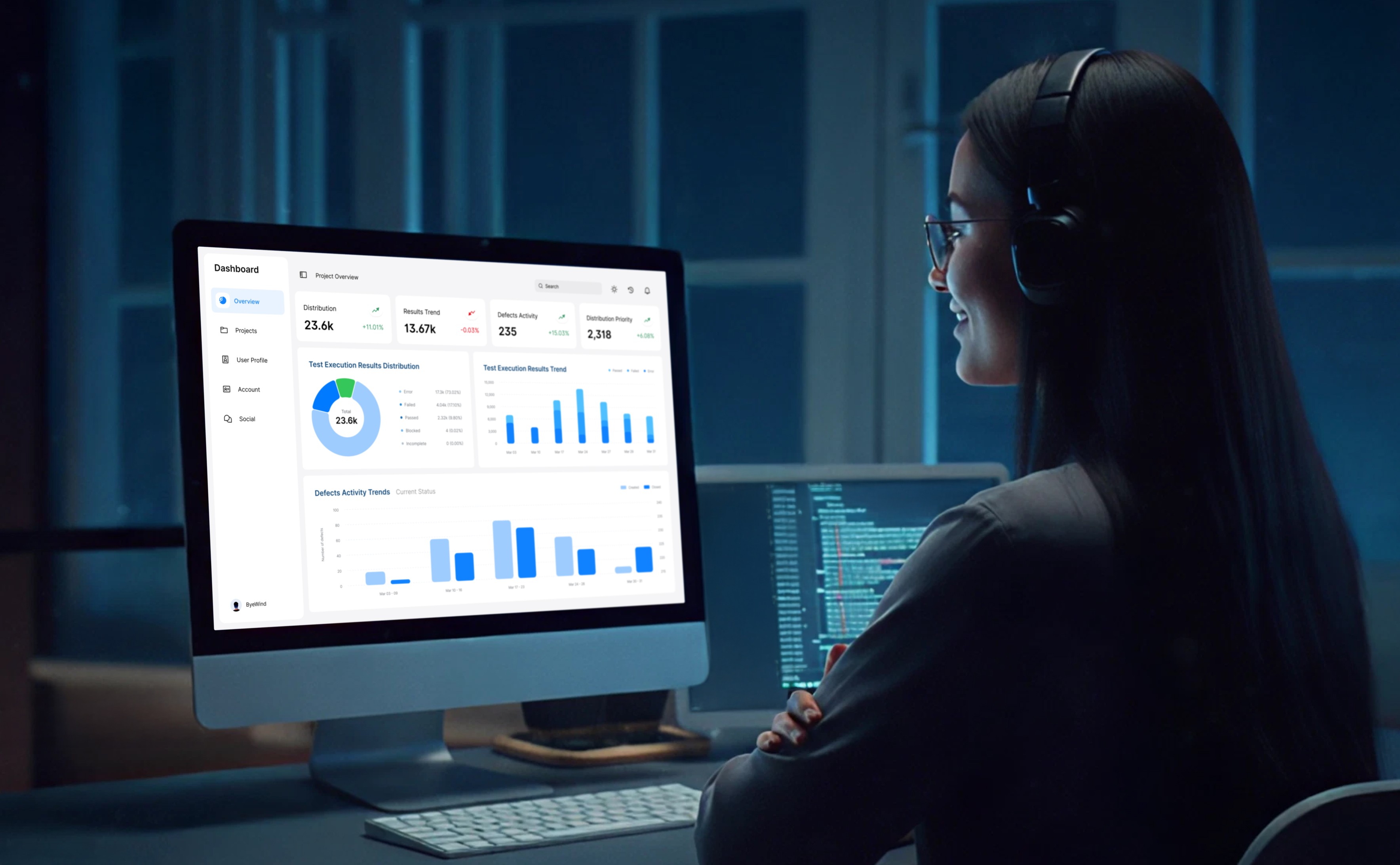10 ways to speed up your website

What all happens if a webpage takes more time to load? Researches found that the following can happen,
- less Page views by 11%
- Customer satisfaction decreases by 16%
- Conversions rate drops by 7%
Around 50% of people expect a web page to load in 2 seconds or less. So maintaining website speed is important for market stability and customer satisfaction. If we are successful in speeding up our website, visitors to our website will be happier and it sounds good for business also.
Here are 10 things which helps in speeding up your website:
1. Minimize HTTP request
The number of HTTP request requires for your website influence page load time and which in turns affects user experience, bounce rate and website traffic.
What is an HTTP request?
HTTP stands for Hyper Text Transfer Protocol, which means the browser (IE, Chrome, Firefox) that we are using sending a request for a file to the web server, and in response to that server sending the requested file to the browser. These files contain any text, images, style sheets, scripts, flash etc., that exists on the webpage.
In order to access every single page on your website the browser need to make separate HTTP requests. Most good websites have a lot of files. Since HTTP requests are directly proportional to page load time, by reducing the HTTP requests we can improve speed of our website.
How to reduce website’s HTTP requests?
- Remove unnecessary images and use CSS instead of images whenever possible.
- Reduce the file size of remaining images.
- Combine multiple CSS files together.
- Reduce scripts and keep them at the bottom of the page.
2. Reduce server response time
Server response time is the amount of time the web server takes to respond back to a request from a web browser. According to Google, we should reduce the server response time under 200ms.

4 main factors which determine Server response time are,
- Website traffic: Reduce website traffic.
- Website resource usage: Use less resources, which improves server response time.
- Web server software: Change web server software or configuration.
- Web hosting: Improve quality and scope of web hosting.
3. Enable Compression
Large pages (100kb and more) with high quality content take more time to load and they seem to be bulky and slow to download. So we are using a technique called Compression. After compression the page files got zipped and take less time to load.Compression technique helps to reduce the bandwidth of the pages, which in turn reduce the HTTP response.Tools like Gzip Compression Tool helps to compress files for faster network transfer.

4. Enable Browser Caching
Cache memory is actually a temporary storage area. When we visit a website page we need to download the elements of the page like HTML documents, style sheets, java script files and images. So during the first visit these elements are stored on hard drive in a cache.
So the next visit on the same page the browser need not send an HTTP request to the server, because the browser can load the files for the page from our Cache memory. Only a few components need to download for the subsequent visits, which means faster response and better performance.
5. Minify Resources
This process refers to the removal of unnecessary and redundant data without affecting the programming code or the browser resource usage. During Minification we can remove extra spaces, code comments, line breaks, new line characters and use shorter variables and function names. Code Minification speed up the page load time and leads to faster response and happier customer.
Here are some Google recommendations,
- PageSpeed Insights Chrome Extensions: to minify HTML code.
- YUI Compressor and cssmin.js: to minify CSS.
- Closure Compiler, JSmin and YUI Compressor: to minify JavaScript.
6. Optimise Images
By using appropriate size images we can reduce the page load time. For optimising images we need to focus on size, format, src attribute etc.
- Image size: Keep your images as small as possible, because large size images take much time to load. By using image editing tools we can crop images to correct size, reduce colour depth to the acceptance level as much as possible and remove comments.
- Image Format: Use JPEG and PNG formats. JPEG is the best option because older browsers may not fully support PNG. GIF can be used for small graphics and animated images. Avoid TIF and BMP images in your web pages.
- Src attributes: After fixing image size and format we need to make sure the code is right too. Avoid empty image src code because which may lead to unnecessary traffic.
Syntax for code:
Correct: < img src=”URL” >
Wrong: < img src=”” >
If there is no source in the quotation mark, the browser makes unnecessary request and leads to unwanted traffic to the server and which in turn affect site performance.
7. Optimise CSS Delivery
CSS (Cascading Style Sheets) keeps the style requirements of our web pages or simply we can say that which describes the presentation of our web pages. We can access these files in two ways, external CSS files and Inline CSS files.

External CSS files loaded in the head of our HTML code and inline CSS is integrated inside the HTML code. No more than one External CSS style sheet with reasonable size is preferable because it helps to reduce the size of HTML code and reduces code duplications.
8. Prioritise above-the-fold Content
We need to prioritise the above-fold-content so that which loads faster even if the rest of the files takes time to load. So there by we can improve the user experience and achieve user satisfaction.
9. Reduce the number of Plug-ins use on your site
Use of too many plug-ins slow down your website, create security issues and sometimes leads to crashes and technical difficulties. Deactivate and remove unnecessary plug-ins and eliminate the ones which slow down the website speed.
10. Reduce Redirects
Reduce the number of redirects because redirects create additional HTTP requests and which in turn increase the page load time.
These techniques can significantly speed up your website and thereby it could increase the page views and customer satisfaction.
At WAC, we specialize in providing eCommerce website development services that focus on optimizing website performance and user experience. With our expertise in building fast, responsive websites, WAC helps businesses thrive in the competitive online market.
Discover Digital Transformation
Please feel free to share your thoughts and we can discuss it over a cup of tea.









